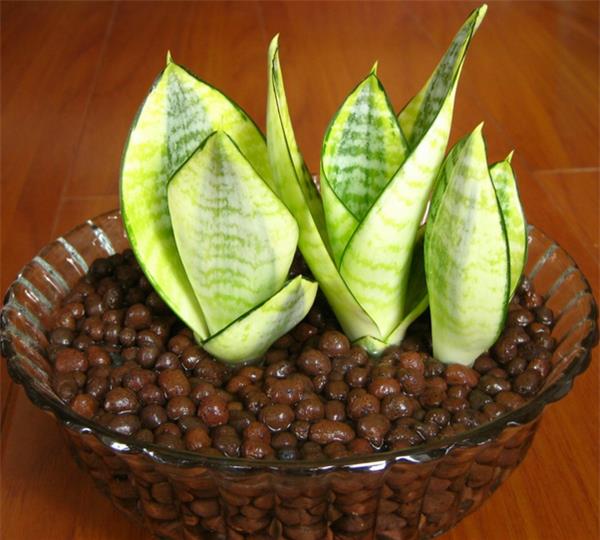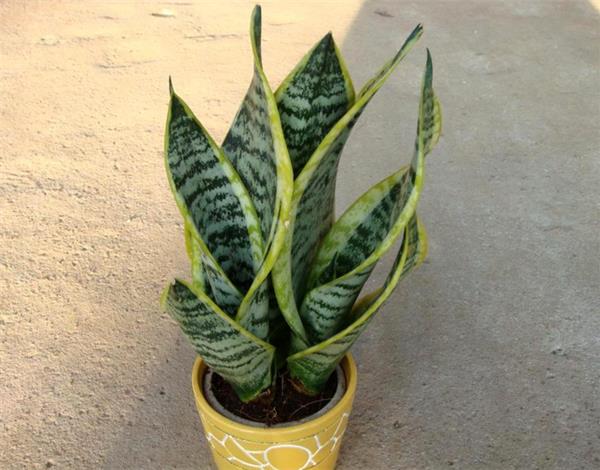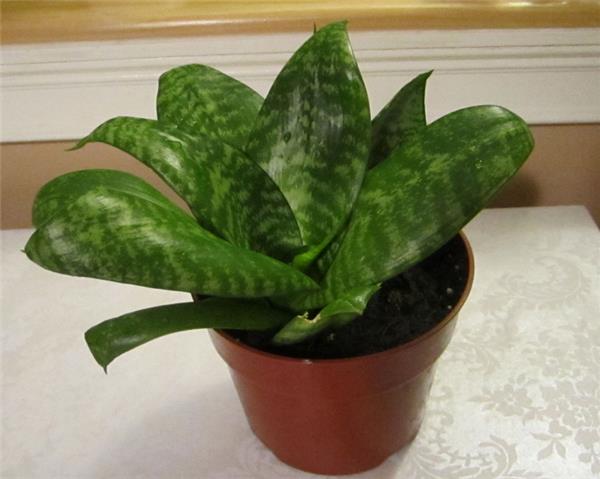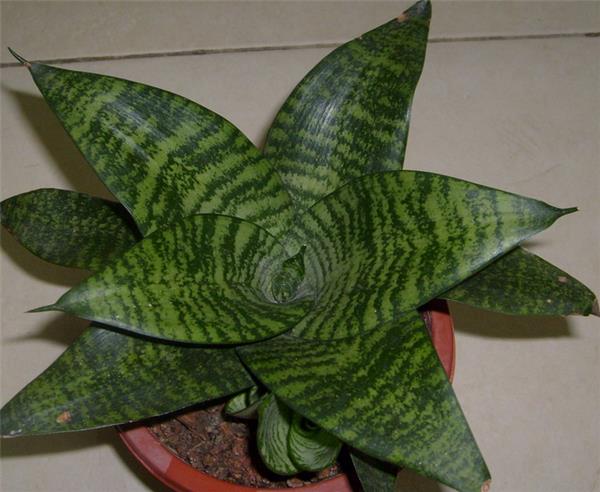How to breed tiger tail orchid
There are many varieties of tiger tail orchid, the plant shape and leaf color change greatly, the adaptability to the environment is strong, suitable for decorating the study, living room, office space, for a long time to watch, then how should we cultivate tiger tail orchid?

How to breed tiger tail orchid
First, the choice of soil
Tiger tail orchid soil needs loose, need permeability, so when mixing soil for tiger tail orchid, must pay attention to using 2/3 rotten leaves, plus 1/3 garden soil, remember that the soil must be loose and breathable, otherwise it will cause moisture not easy to evaporate, leading to root rot.
Second, sunlight demand
Tiger tail orchid likes light, so be sure to let it often contact the sun, it is best to be placed in a place where it can be directly irradiated, if conditions do not allow, it should also be placed in a place where the sun is relatively close, placed in a dark place for a long time, it will cause yellowing of the leaves.
Third, temperature
Tiger tail orchid on the temperature requirements are quite high, its suitable growth temperature of 20 - 30℃, in winter is the lowest not less than 10℃, so we must pay attention, especially in the northern region.

Fourth, water.
Tiger tail orchid water requirements are also quite high, generally speaking, the soil is relatively loose, then need to water twice a week, and winter because of climate factors, it only needs once on it.
Fifth, pruning
The growth rate of the tiger tail orchid is relatively fast compared to other domestic green plants, so when the pot is full, artificial pruning is necessary, mainly to cut off the old leaves and too lush places to ensure its sunshine and growth space.
Sixth, change the basin
Tiger tail orchid is a perennial plant, generally every two years to give it a change of pot, in the change of pot to pay attention to the new soil to add nutrients, so as to ensure its nutrient supply.

Seventh, planting methods
Tiger tail orchid is a root plant, generally only need to plant a few plants, a year later, can harvest full pot, in planting, to first part of the soil pad under the pot, and then from the pot side to start planting, evenly planted in the pot.
Eighth, fertilization
Tiger tail orchid fertilizer requirements are not high, only need to fertilize twice a month in the growing season can be, pay attention to apply thin fertilizer solution, so as to ensure that the growth flourish.
9. The threat of pests
The common diseases of Sansevieria are mainly leaf spot disease and anthracnose disease. At this time, 50% carbendazim can be sprayed for treatment; common pests are weevil damage. At this time, 50% fenitrothion EC can be sprayed with 1000 times solution.

Notes on Tiger Tail Orchid Cultivation
Tiger orchid potted available decaying soil and garden soil equal mix and add a small amount of decomposed base fertilizer as substrate. It grows well in sufficient light conditions, except in summer to avoid direct sunlight, other seasons should receive more sunlight; if placed in indoor light too dark for too long, the leaves will be dark, lack of vitality.
In addition, if it is placed indoors for a long time, it is not advisable to move it directly to the sun. It should be moved to the light first, so that it can have an adaptation process and then see the sun again, so as not to burn the leaves.
Watering should be appropriate, master the principle of dry rather than wet. Usually use clean water to scrub leaf dust and keep leaves clean and bright.
When new plants germinate at the root neck in spring, water more appropriately to keep the pot soil moist; keep the pot soil moist frequently in summer high temperature season; control the amount of watering after late autumn, keep the pot soil relatively dry to enhance cold resistance.
It does not require high fertilizer, growth season 1-2 times a month to apply thin liquid fertilizer to ensure that the leaves green hypertrophy.
Tiger tail orchid adaptability, warm and humid, drought-resistant, light-loving and shade-resistant. The soil requirements are not strict, and the sandy loam with good drainage is better. The optimum temperature for its growth is 20 - 30℃, and the overwintering temperature is 10℃.
Related
- Wuhan Hospital Iron Tree Blooming Result Was Instantly Frightened by the Gardener Master
- Which variety of camellia is the most fragrant and best? Which one do you like best?
- What is the small blue coat, the breeding methods and matters needing attention of the succulent plant
- Dormancy time and maintenance management of succulent plants during dormancy
- Minas succulent how to raise, Minas succulent plant pictures
- What are the varieties of winter succulent plants
- How to raise succulent plants in twelve rolls? let's take a look at some experience of breeding twelve rolls.
- Attention should be paid to water control for succulent plants during dormant period (winter and summer)
- Watering experience of twelve rolls of succulent plants
- Techniques for fertilizing succulent plants. An article will let you know how to fertilize succulent plants.



